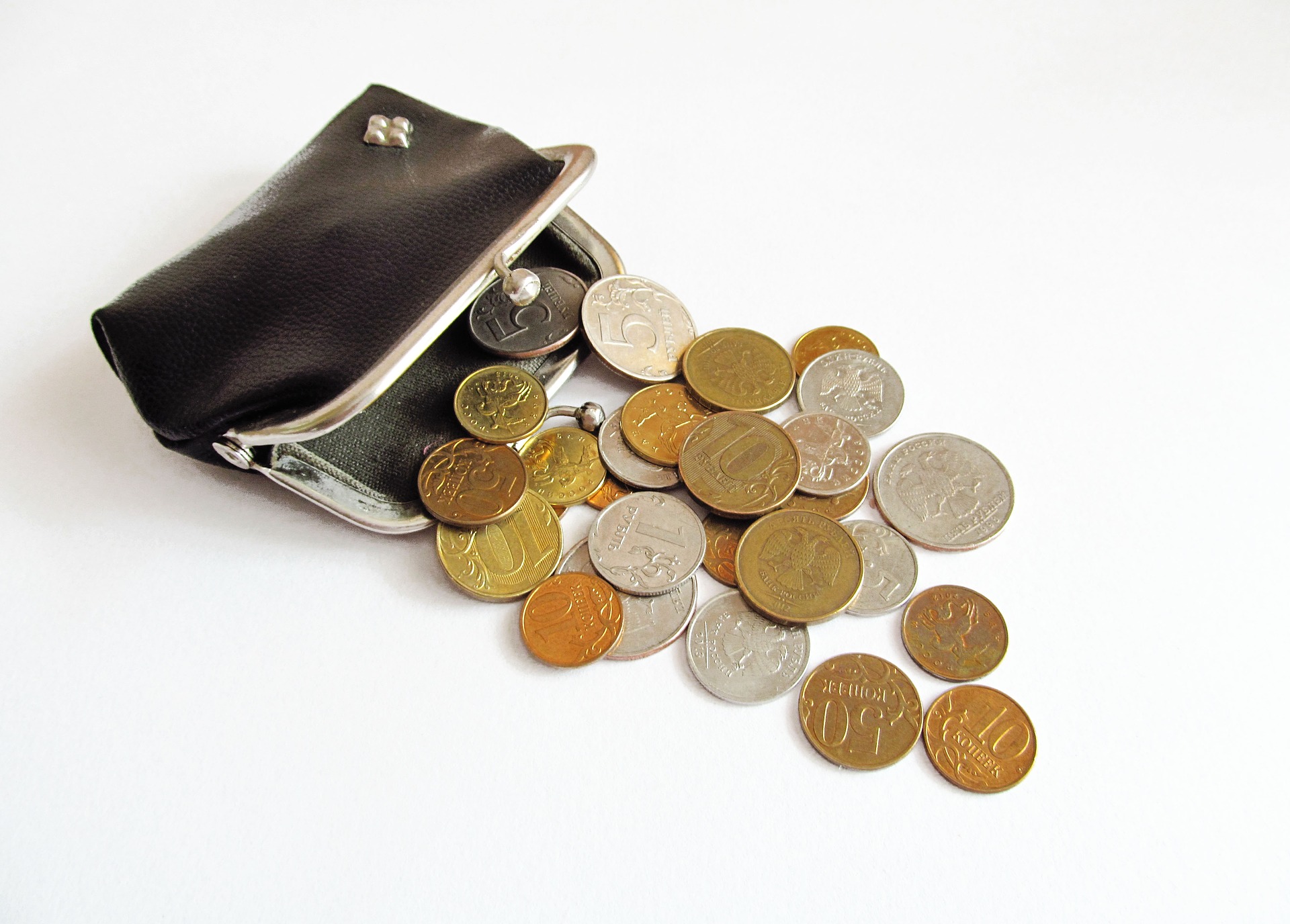According to a survey, every third Russian considers the new currency “some kind of fraud.” Is the digital ruble really doomed?
The country with the largest area in the world is one of the most active in central business centers. The new digital currency will begin testing with banks, businesses and consumers later this month. One However, a new study revealed That according to every third respondent, the Russian CBDC is “some kind of scam” that they have no intention of dealing with.
There are many reasons why someone might not support this type of financial product. CBDCs will be issued and controlled by central authorities, which means they may threaten people’s privacy. However, according to Bankinform, “ignorance” and a lack of useful information can also contribute to distrust of the digital ruble.
Scam or not, many countries have already started investigating central bank digital currencies. Japan, Australia, South Korea, the United Kingdom, and several other countries have also introduced some programs to test the pros and cons of a central bank digital currency.
For now, China appears to be leading the race. There are already cities in the country where the digital yuan is available, and public sector workers have also been paid with digital money on a trial basis. The authorities have also paid attention to promoting CBDCs, for example, allowing the use of CBDCs in Beijing during the 2022 Winter Olympics.
How far has Russia come?
The Russian government began exploring the potential of the digital ruble in 2020, and testing of the system began in 2022. After the outbreak of the Russian-Ukrainian conflict, the United States and the European Union imposed numerous sanctions. One way to avoid financial restrictions could be a digital ruble, which the Central Bank of Russia did not hide.
Now, officials in the country seem determined that the CBDC project can really take off in the near future. President Vladimir Putin recently signed the Digital Ruble Act, which allowed Russian civil law to include the digital ruble as a means of payment. At the same time, the central bank was allowed to offer the product to the public.
“We really hope that it will be more convenient and cheaper for both individuals and companies, and that they will start using it. This is a new opportunity.” – announced Elvira Nabiullina, Governor of the Bank.
Earlier this week, the financial institution announced plans to run tests with CBDCs. First Deputy Governor Olga Skorobogatova said that the process will involve 13 banks and a narrow circle of their clients. In the first phase of testing, digital wallets, user-to-user transfers, QR code purchases and automated payments will be developed.
“The mass issuance of the digital ruble is planned based on the results of phased testing and successful beta testing of all scenarios of operations with the digital ruble. We expect that from 2025, citizens and businesses will be able to actively use the national digital currency, of course at their own request. added the governor.
Introduction and mass diffusion still has a long way to go. The Central Bank has admitted that mass submission is not forthcoming before 2027. It takes a lot of time and effort to inform and enlighten citizens.












































